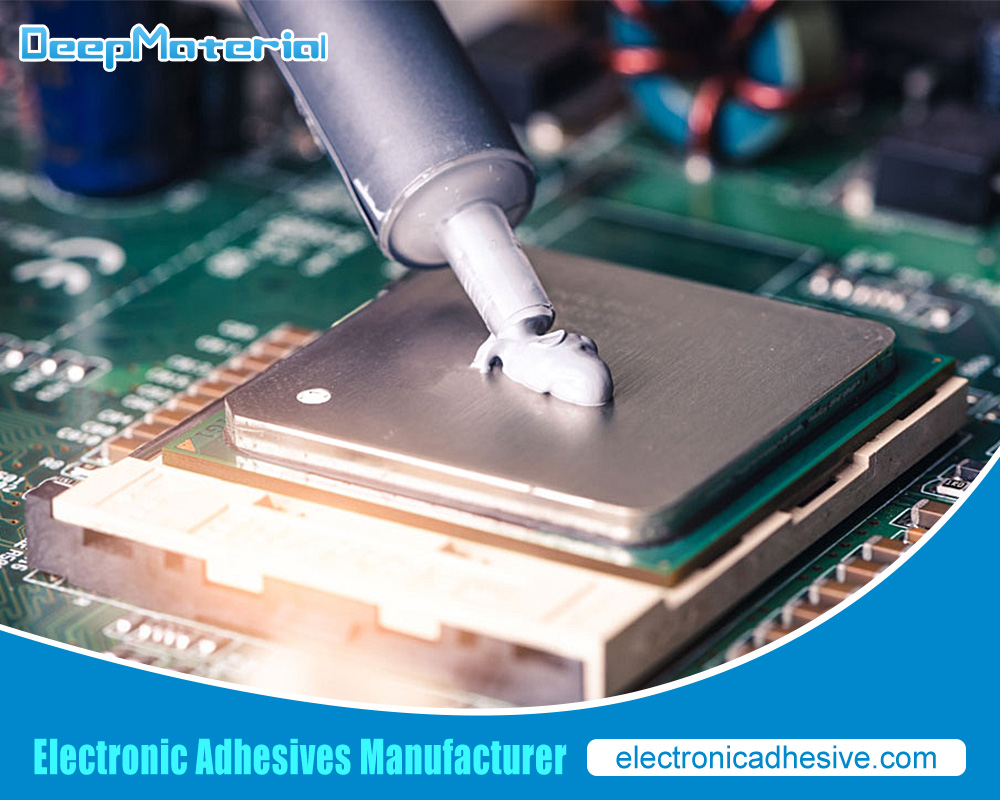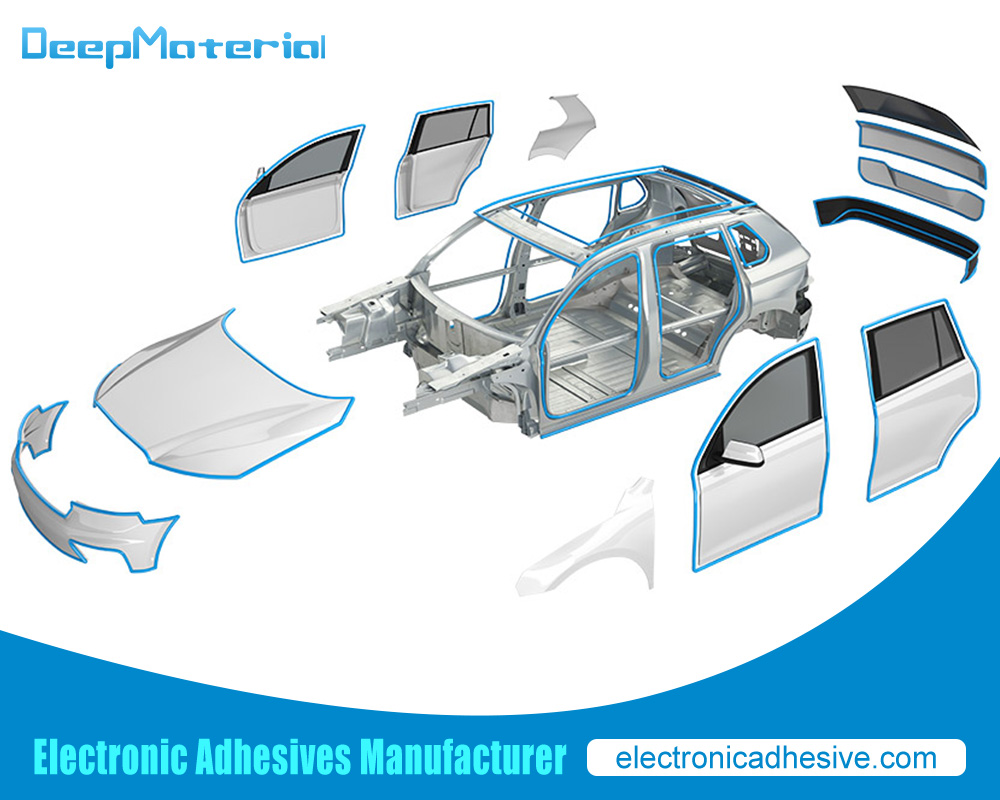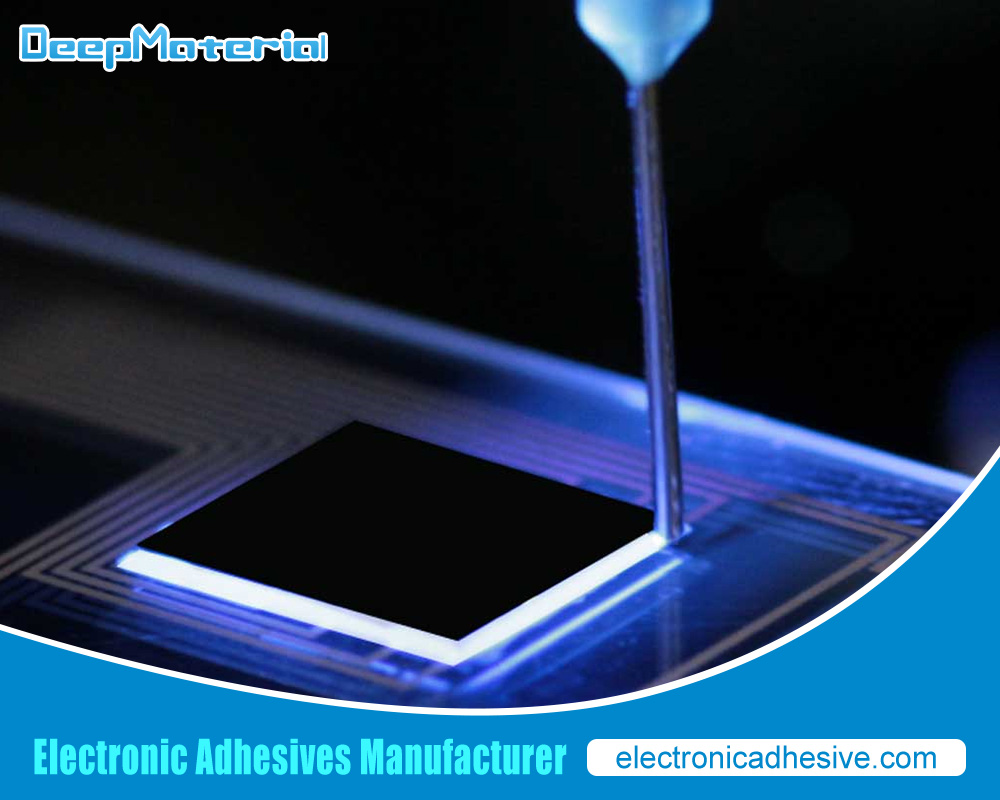Expert Tips for Achieving Perfect Results with Electronics Encapsulation Epoxy
Expert Tips for Achieving Perfect Results with Electronics Encapsulation Epoxy
Electronics encapsulation epoxy is a key material that keeps electronic devices safe and working well. It wraps electronic parts in a solid layer, guarding them against moisture, dust, and other harmful environmental elements. Using this epoxy correctly is very important for making sure electronic devices are reliable and last a long time.
Understanding the Basics of Electronics Encapsulation Epoxy
This epoxy is a special kind of resin made just for covering electronic parts. It has two parts: a resin and a hardener that mix and harden into a solid coat. This coat sticks to electronics well, protecting them from moisture, heat, and being knocked around.
Using epoxy has many benefits. It keeps electricity from leaking, stops chemicals from causing rust, and moves heat away from parts that get hot. There are many kinds of epoxies, like those that handle heat well, those that don’t catch fire easily, and those that don’t release gas in space or under a vacuum. Each type is used for different needs.

Preparing Your Electronics for Encapsulation
Before putting epoxy on electronics, you need to get them ready. This means cleaning off any dirt or grease and making sure everything is dry. Then, get rid of any loose bits that could stop the epoxy from sticking well. You might also need to make the surface a bit rough so the epoxy can hold on better.
Mixing and Applying Epoxy for Optimal Results
Mixing the epoxy right is very important. Follow what the manufacturer says, mix slowly to avoid air bubbles, and use clean tools. When you put the epoxy on, cover all parts evenly but don’t use too much. Too much epoxy can cause problems, like making the device too hot.
If you see air bubbles, you might need to get rid of them with a vacuum or by tapping the device. This helps make sure the epoxy layer is smooth and strong.
Achieving Proper Curing and Drying Times
The epoxy needs time to harden properly. This time can change based on the type of epoxy and the room’s temperature and humidity. Make sure to give it enough time to cure fully before you use or test the device. If you try to use the device too soon, the epoxy might not be fully set, which can lead to problems.
Temperature and humidity are big factors in how quickly the epoxy cures. Usually, warmer temperatures make the epoxy harden faster. Always check what the epoxy manufacturer recommends for the best curing conditions.
Avoiding Common Mistakes in Electronics Encapsulation Epoxy
When using electronics encapsulation epoxy, it’s easy to make a few common mistakes. One mistake is using too much epoxy, which can cause problems like making it hard for heat to get away from the device. It’s better to put on a thin, even layer to make sure everything works right.
Not getting the surfaces ready before putting on the epoxy is another mistake. If you don’t clean and roughen the surfaces first, the epoxy might not stick well, leading to poor results. Always clean and prep the electronics before you start.
Also, don’t hurry the drying process of the epoxy. It needs enough time to dry completely to work best. If you rush this step, the epoxy might not set properly, which can make it perform poorly.
Ensuring Proper Ventilation and Safety Precautions
Working in a place with good air flow is very important when dealing with electronics encapsulation epoxy. The curing process can release chemicals into the air that aren’t good to breathe in. Make sure you’re in a well-aired space or use something like a fume hood to keep the air clean.
Besides making sure the air is clean, you also need to be safe when using epoxy. Wear gloves, safety glasses, and a mask to protect yourself from any harmful effects. Try to avoid getting the epoxy on your skin or in your eyes.
Troubleshooting Common Issues with Electronics Encapsulation Epoxy
Even if you’re careful, you might still run into some problems with electronics encapsulation epoxy. If you get air bubbles in the epoxy, you can try tapping the device gently to let them out. Or, you could use special equipment like a vacuum chamber to get rid of the bubbles before the epoxy dries.
If the epoxy doesn’t dry properly, it might be because it wasn’t mixed well enough or the conditions weren’t right for it to set. Make sure you mix the epoxy well and follow the recommended conditions for drying to avoid this problem.
To avoid troubles with electronics encapsulation epoxy, start by preparing correctly and applying the epoxy the right way. Following the guidelines and being cautious can help you prevent these common issues.
Tips for Achieving a Smooth and Professional Finish
To get a smooth and professional look with electronics encapsulation epoxy, you need to focus on how you do things. A good approach is to add several thin layers of epoxy instead of one thick one. This avoids too much buildup and covers everything evenly.
Using a brush or a syringe with a fine tip can also make a big difference. They allow you to be more precise and careful, making sure you cover every part well.
After putting on the epoxy, using a heat gun or a torch can fix any small problems like air bubbles or rough spots. Lightly warming the epoxy can make it smoother, but be careful not to get it too hot or harm the electronics.
Best Practices for Storing and Handling Epoxy Materials
Keeping and handling epoxy materials the right way is important to keep them working well. Store epoxy in a place that’s cool and dry, away from sunlight and big changes in temperature. Make sure the lids are on tight to stop moisture or air from getting in.
Always wear gloves when you work with epoxy, and try to avoid getting it on your skin or in your eyes. Follow what the epoxy maker says about how to handle and throw away epoxy safely.

Final Words
Getting the best results with electronics encapsulation epoxy is very important for making electronic devices that are reliable and last a long time. Knowing about the different kinds of epoxy, picking the right one, and putting it on correctly are big steps toward getting the results you want.
It’s also important to follow the right methods, be safe, fix any problems that come up, and take good care of devices that have been encapsulated. By putting in the effort to work with electronics encapsulation epoxy the right way, you can make sure your electronic devices are protected and work well for many years.
For more about choosing the Expert Tips for Achieving Perfect Results with Electronics Encapsulation Epoxy, you can pay a visit to DeepMaterial at https://www.electronicadhesive.com/ for more info.










